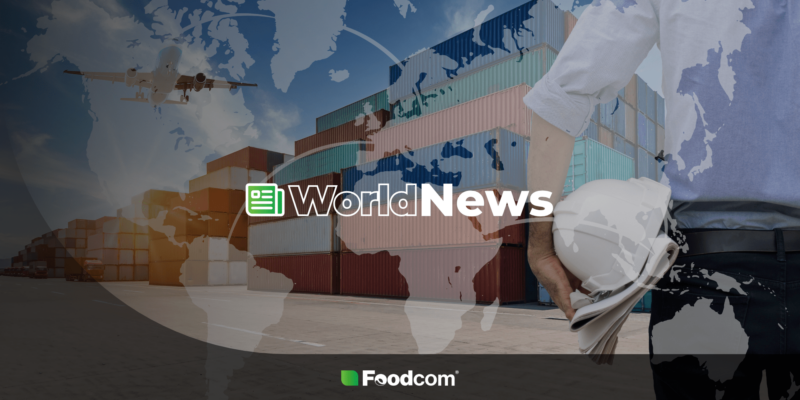Exceed your industry knowledge
We are eager to share leads and latest industry updates with our Business Partners – both during meetings at industry events and through blog publications and the Newsletter.

Comprehensive market knowledge
Experienced experts in the industry
Unique business insights
Latest article

China imposes tariffs of up to 42.7% on dairy products from the EU
China is imposing temporary tariffs of up to 42.7% on dairy products from the European Union, citing the decision as detrimental to the domestic sector. The move represents another stage in the escalation of trade tensions between Beijing and Brussels.
23.12.2025
Choose category


